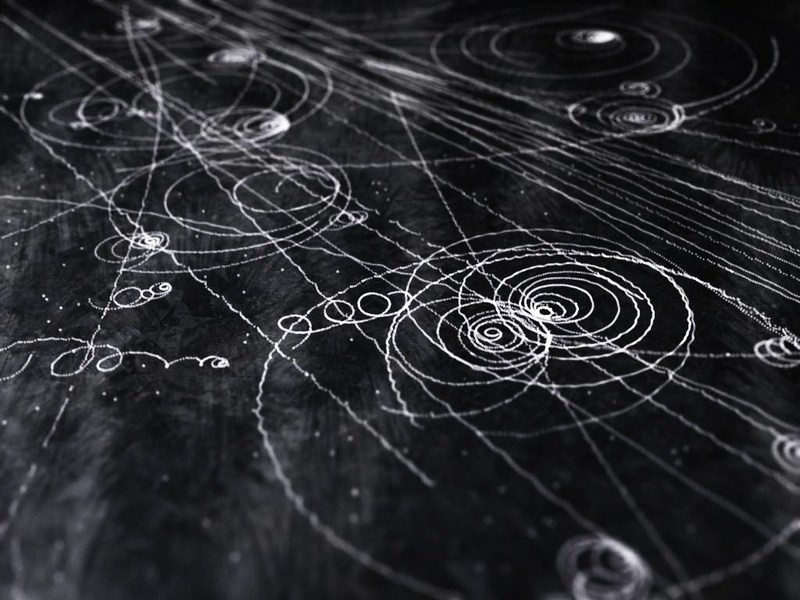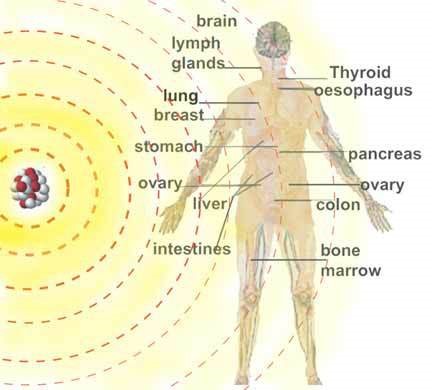2017 Nepal Electrostatics in Space
Topic outline
-
-
Space is not empty, but full of plasma and particles that you never expected to be there. "99.9 percent of the Universe is made up of plasma," says Dr. Dennis Gallagher, a plasma physicist at NASA's Marshall Space Flight Center. The magnetosphere surrounds and protects the earth from stellar plasma with a complex system of interacting electric and magnetic fields, electric currents and charged particles. Rockets, satellites and the International Space Station fly in plasma. Join us in learning about the exotic phenomena that surround the earth. Learn how the Earth’s magnetic field protects us from the hazards of space environment. This STEAM* workshop provides K-12 teachers with the background and activities to excite students to continue studying electrostatics, a wide application in many emerging fields of industry.
-
US Standards are followed in this session "Electrostatics in Space"
-
The resource list included in this session was used to construct the session, "Electrostatics in Space!" Each day more discoveries are made to help explain and encourage more exploration into the behavior and effects of electrostatics in space. The Enterprise In Space Education Team welcomes your input that might enhance this resource list. There is an opportunity to log your findings found at the bottom of this Workshop.
-
Note: this version contains all content and has no animations.
-
-
Registrants to the session will begin to consider space as not the void once thought but as an entity that has a significant behavior and effect that humans must learn to take into account as the exploration of space continues.....
Registrants will learn how to prepare a demonstration and individual student cloud chambers to observe the presence of particle paths made by cosmic rays to reinforce the idea that Earth is being bombarded by particles from cosmic rays. Our sun and other stars contribute to the particles that are seen in a cloud chamber.
-
Printed instructions as well as a video demonstrate how to make a Cloud Chamber that will show the path the charged particles form cosmic rays have taken through a saturated isopropyl alcohol environment.
An instructional video can be found at the following link: https://www.youtube.com/watch?
v=xky3f1aSkB8 or or click on the actual video. -
Individual Cloud/Particle Chambers are a great way to engage older students and have them understand the effect that different particles have on an alcohol cloud. Safety precautions with goggles, gloves, and a responsible group is important in this exercise.
This video can be found at: https://www.youtube.com/watch?v=400xfGmSlqQ or click on the actual video.
-
 Information is provided to help identify and describe the different particles that create the ionized paths in the cloud chamber.
Information is provided to help identify and describe the different particles that create the ionized paths in the cloud chamber.
-
-
A presentation explains the origin of particles/plasma found in space. The presentation touches on CME's (Coronal Mass Ejecta), GCR's (Galactic Cosmic Rays), and SPE's (Solar Particle Events).
An activity designed by the Solar Heliospheric Observatory explains how the speed of the movement of particles from our sun can be determined through the observation of solar flares and solar wind in recent coronographs taken of the sun.
Participants engaged in observations of excited ionization tubes and conducted experiments on plasma balls.
All activities can be used in the classroom.
SOHO image
-
File
Photons, Charged {articles, and Plasma are the focus of this PowerPoint.
-
File
Registrants determine the speed of a coronal mass ejection (CME) in a recent release from our star. The calculations are based on images from the Solar Heliospheric Observatory (SOHO) and participants use the images to gather data as the solar flare spreads out into the solar system.
-
File
Images from the Solar Heliospheric Observatory (SOHO) are used to determine the speed of plasma from a coronal mass ejection (CME) as it leaves the sun and spreads into our solar system.
-
Activities with a plasma ball are described in this material.
-
In hi activity, students are introduced to tubes of gas that are no excited, then electricity is introduced and the dull white gases take on different characteristics. Students record their findings with ionized gases.
-
-
Hundreds of years ago, auroras were a source of fascination and superstition. The shimmering, shifting, curtain of colored light that seemed to float on the air prompted legends and stories to be created by people living in the high northern regions. Most of the time the aurora seen in the sky were white-green in color. Sometimes, great red auroras were seen and those living in the lower latitudes thought these auroras brought omens of war or destruction.
As people began to become curious about the aurora and study it, theories developed. Some thought that auroras were reflected sunlight from the arctic ice, others thought it was firelight from the edge of the world. We know a lot more about the aurora today, but still have a lot of questions. Scientists, like those involved in the FAST satellite program and the sounding rocket campaigns, are solving the pieces of the aurora puzzle.
A fantastic website that explains the aurora can be found at:http://sprg.ssl.berkeley.edu/aurora_rocket/aurora/aurora2.html
-
Solar storms can affect the Earth’s magnetic field causing small changes in its direction at the surface which are called magnetic storms. A magnetometer operates like a sensitive compass and senses these slight changes. The soda bottle magnetometer is a simple device that can be built for under $5.00 which will let students monitor these changes in the magnetic field that occur inside the classroom. When magnetic storms occur, you will see the direction that the magnet points change by several degrees within a few hours, and then return to its normal orientation pointing towards the magnetic north pole.
-
Example of a simple magnetometer example and explanation.
-
In this fun activity, students will be able to:
· Act out the scientific phenomena that cause aurora
· Explain two factors that cause aurorae to be different colors
-
-
Participants construct an electroscope to detect a change in charge to foil electrodes, view and discuss various demonstrations of materials effected by a charged baton or PVC pipe, and use a Hubble Telescope model to discuss electrostatic charges in space on orbiting equipment.
-
The instructions for building the model, the 100% model and a 75% model for using the model with the Fun Flyer to charge it are included herein.
-
-
Participants experiment with a battery charged electric field and the manipulation of Mylar films through the air. The use of electrostatic charge to control the Mylar figures is a great application to understand electrostatic charge.
-
-
 Space travel will have a limited number of delegates unless the effect of radiation is better understood and mitigated. The PDF explains the physiological hazards of travel among charged particles and a glossary of the terms seen in the presentation are available with this topic.
Space travel will have a limited number of delegates unless the effect of radiation is better understood and mitigated. The PDF explains the physiological hazards of travel among charged particles and a glossary of the terms seen in the presentation are available with this topic.A video addresses the question: "Could We Survive Prolonged Space Travel"
The clip can be found at:
https://www.youtube.com/watch?time_continue=26&v=upp9-w6GPhU
Image from http://necular-news.net -
Electrostatics effect humans adversely as space exposure increases, especially in the case of lengthy space travel. The definitions of the terms mentioned in the PowerPoint regarding the Effects of Electrostatics on Humans is quite helpful.
-
-
Please let us know your thoughts about this workshop by using the discussion forum below
- What was your favorite activity?
- What was the most important part of the workshop for you?
- Are there any areas that need improvement?
- How was the length of the workshop?
- Any additional comments
After you use the discussion forum, please answer the BRIEF survey questions in the link below.
Thank You!!!
-
Please use this forum to share any activities you do!
